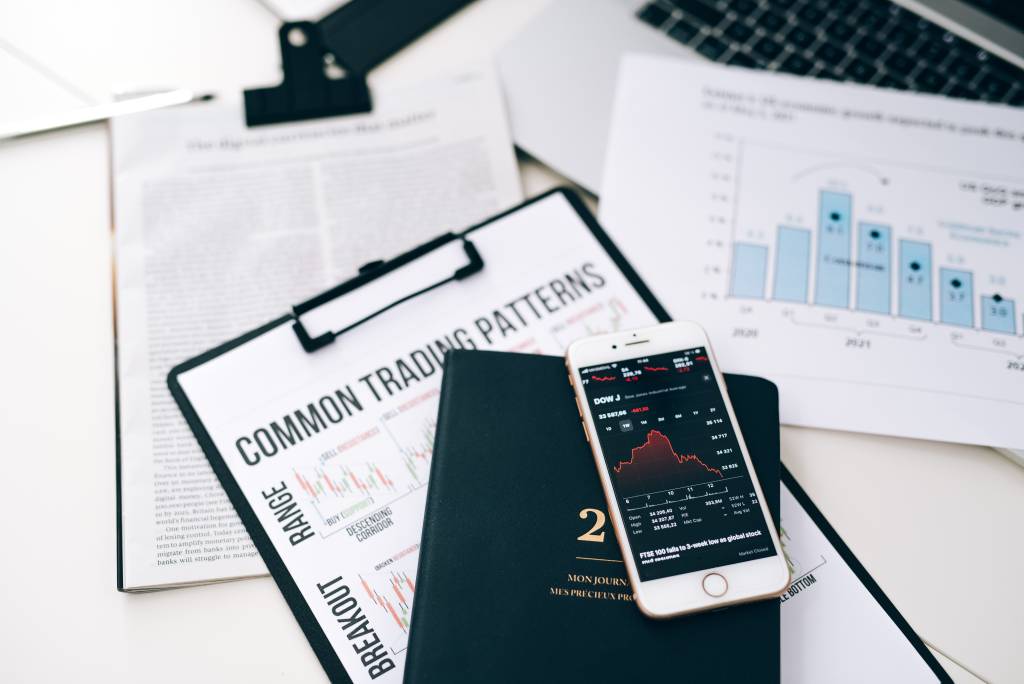Are you struggling to make consistent profits in forex trading? If you answered yes, then this guide is for you. In this comprehensive guide, we will delve into the essential requirements you need to become a consistently profitable trader. Data from forex brokers reveal that only a small percentage of traders make money consistently 20~10%.
Ever heard the famous trading quote, “90% of new traders lose 90% of the trading capital in the first 90 days of funding their account”? Having traded forex for the past 3 years, I can confirm the truth in the above statement. However, with a clear understanding of what it takes, you can join the few consistently profitable traders.
Introduction
Trading in the financial market can be a rewarding and fulfilling career or hobby, but it can also be challenging to navigate. A lot of traders enter the market with the hope of getting rich quick, but without proper education and the right mindset, it can lead to losses, frustration, and ultimately, quitting. To be a consistently profitable trader, you need to have a solid foundation of knowledge, skills, and attitude, which we will cover in this article.
Step 1: Have a Trading Plan

To become a consistently profitable trader, it is crucial to have a trading plan. A trading plan is a set of guidelines that you follow when making trading decisions. The plan should include entry and exit strategies, risk management rules, and a set of criteria that must be met before a trade can be taken. By having a trading plan, you can make rational decisions based on a set of rules rather than emotions. The majority of traders lose money because they do not have a trading plan. By having a plan in place, you increase your chances of becoming one of the profitable traders.
Before creating a trading plan, you need to have a trading strategy. A trading strategy is a set of rules that define how and when to enter and exit trades. It can be based on technical analysis, fundamental analysis, or a combination of both. Once you have a trading strategy, you can develop a trading plan around it.
Once you have developed your trading plan, the next step is to backtest it. Backtesting is the process of testing a trading plan on historical data to see how it would have performed in the past. It allows you to identify any weaknesses in your plan and make adjustments before risking real money. There are many ways to backtest but they will generally fall under two categories, automated and manual backtesting.

Automated backtesting is when you use software and other tools to auto record all your backtest data for analysis while manually backtesting is when you record the backtest data manually in a backtest journal where you will later do your analysis to determine the effectiveness of your strategy. Automated backtesting software and tools often require premium subscription and I would recommend anyone to pay for the software because this is a crucial step, however if you can’t afford to pay the subscription fees, just use the free resources at your disposal.
Remember, having a trading plan is essential for being a consistently profitable trader. By following the steps outlined above, you can increase your chances of success and join the 10% of profitable traders. So, take the time to develop a trading plan based on your trading strategy, backtest it, and make any necessary adjustments
Becoming a consistently profitable trader requires a probabilistic mindset, which is also known as trading psychology. Trading psychology is the study of the emotions and mental states that influence your trading decisions. As a trader, you need to have a strong mindset that can handle the ups and downs of the markets. Did you know that forex trading is 80% trading psychology and 20% trading strategy/plan? However, with the right mindset, you can increase your chances of success.

To improve your trading psychology, it’s important to focus on risk management. You should have a clear understanding of how much you’re willing to risk on each trade and stick to that limit. Over-leveraging your trades is a common mistake among traders that can lead to significant losses. In fact, a study found that the majority of traders who blew up their accounts did so because of excessive risk-taking.
Discipline is also a crucial aspect of trading psychology. You need to have the discipline to stick to your trading plan during periods of both emotional and market volatility. This requires a lot of mental fortitude and self-control. We will look at the role of discipline in trading in the next section.
Having a probabilistic mindset is crucial to becoming a successful trader. To improve your trading psychology, focus on risk management and discipline. Remember that 90% of traders fail to achieve consistent profits, but with the right mindset, you can increase your chances of success. Trading can be a challenging and stressful endeavor, but with the right mindset, you can achieve consistent profits and enjoy the financial freedom that comes with it. So, take the time to develop your trading psychology, and remember that discipline and risk management are key to your long-term success.
Step 3: Have Discipline to Stick to Your Trading Plan
As a trader, having the discipline to stick to your trading plan is crucial for success. This means following your rules even when the market conditions change or when emotions are running high.Sticking to your plan can be challenging, but there are several strategies to help you stay disciplined.
Consider using a trading journal to track your progress and identify any areas for improvement. This will allow you to reflect on your past trades, learn from your mistakes, and refine your strategy for the future. I can’t stress enough on the importance of a trading journal, it serves as your trading coach in that if you keep a detailed journal you can find insight of which patterns and behaviors are beneficial or destructive to your trading career. A trading journal can take many formats including a handwritten journal, screenshots, a private chat group where you send all your trades before taking them, and even more advanced systems like google forms or connecting you trading account to tools like my fx book for automated journaling.
Another way to stay disciplined is to use stop-loss orders to automatically exit a trade when it hits a certain price. This can help you avoid emotional decision-making like not closing your positions when they get to your “mental stop-loss level” and limit your losses. However, it’s important to set your stop-loss orders at the appropriate level to avoid being stopped out too early. You should include the rules about setting stop loss and other market orders like take profits in your trading plan with absolute clarity.
In addition to these strategies, it’s essential to cultivate a strong mindset that can handle the ups and downs of the markets. This requires a lot of mental fortitude and self-control, but it’s crucial for long-term success. One way to develop this mindset is through visualization exercises. Visualize yourself executing your trading plan with confidence and discipline, and focus on the positive outcomes that come from following your plan.
Conclusion
Becoming a consistently profitable trader takes time, effort, and dedication. However, with our ultimate guide, you can fast-track your journey to trading success. Follow the 3 essential lessons, develop a trading plan, build the right trading mindset and be disciplined to follow your trading plan without fail. Enroll now to our free newsletter and start your journey to becoming a consistently profitable trader.
FAQs
Many people wonder how long it will take to become a consistently profitable trader. The answer varies from person to person, with several factors determining the period taken. This factors include:
- The time you’re willing to dedicate every day learning
- Personal dedication and motivation behind learning forex
- Quality of the knowledge and mentor experience
Contrary to popular belief, you do not need a lot of capital to start trading. In fact, you can start with a small amount and gradually increase your capital as you become more experienced. It is also important to note that if you want to scale and live off your trading income, you need a lot of capital. Small trading accounts encourage overleveraging which is not a good trading practice.
Yes, trading involves risk. However, with the right mindset, education, and trading plan, you can manage your risk and become a successful trader.
To manage your risk while trading, you can use techniques such as setting stop-loss orders, avoiding trading highly correlated pairs, and only risking what you can afford to lose.
The most common mistake made by new traders is failing to have a trading plan. Majority of new retail traders don’t know what a trading plan is, leave alone having one. That’s why 90% of new traders lose 90% of their trading capital in the first 90 days after funding their trading account.
We hope that these FAQs have answered some of your questions about trading and provided you with some valuable information. Remember, becoming a consistently profitable trader takes time and effort, but with the right mindset, education, and trading plan, it is possible.





1 Comment